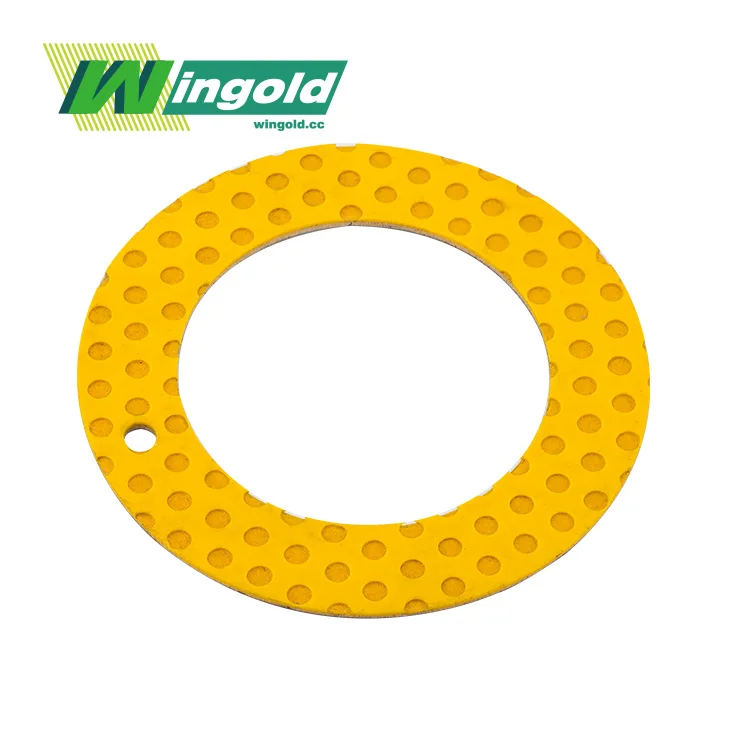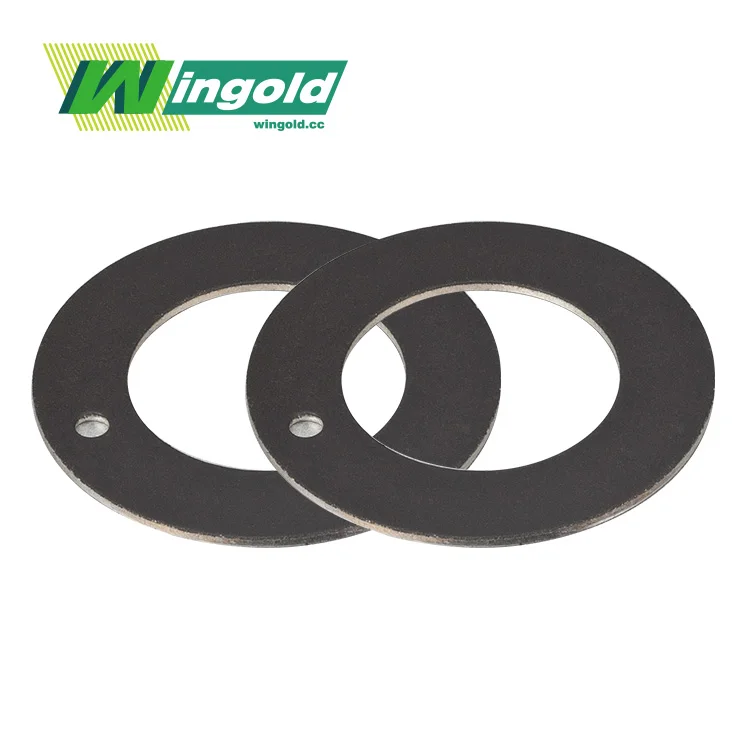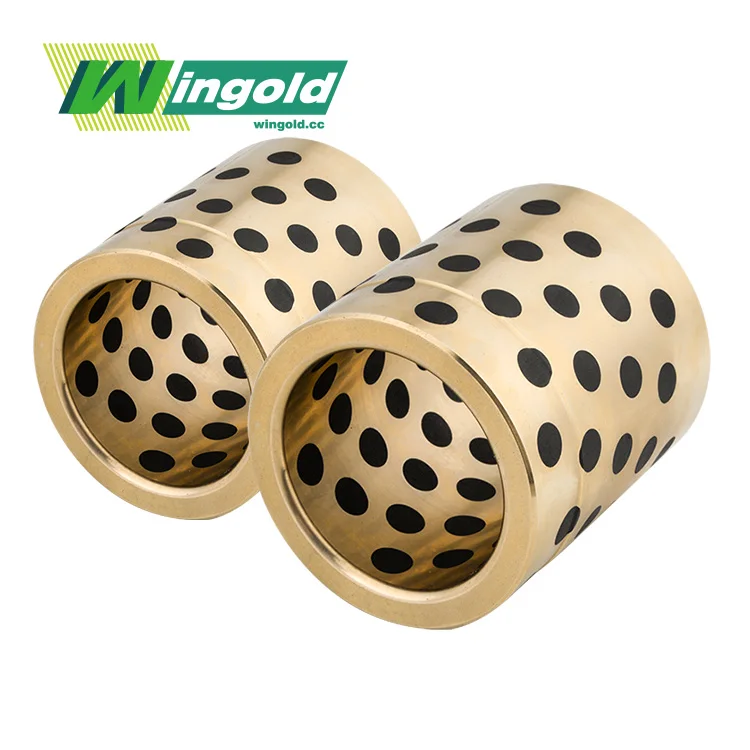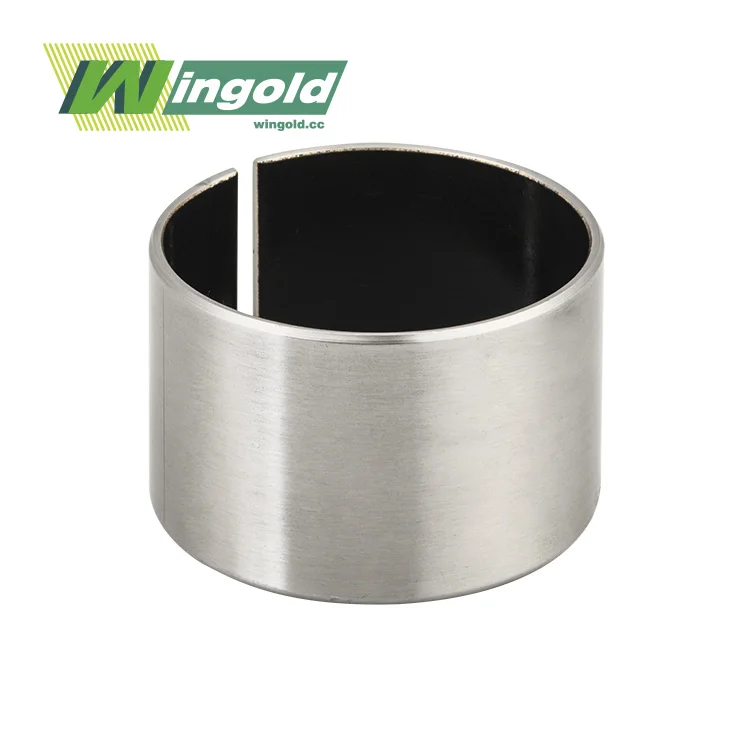- English
- French
- German
- Portuguese
- Spanish
- Russian
- Japanese
- Korean
- Arabic
- Greek
- German
- Turkish
- Italian
- Danish
- Romanian
- Indonesian
- Czech
- Afrikaans
- Swedish
- Polish
- Basque
- Catalan
- Esperanto
- Hindi
- Lao
- Albanian
- Amharic
- Armenian
- Azerbaijani
- Belarusian
- Bengali
- Bosnian
- Bulgarian
- Cebuano
- Chichewa
- Corsican
- Croatian
- Dutch
- Estonian
- Filipino
- Finnish
- Frisian
- Galician
- Georgian
- Gujarati
- Haitian
- Hausa
- Hawaiian
- Hebrew
- Hmong
- Hungarian
- Icelandic
- Igbo
- Javanese
- Kannada
- Kazakh
- Khmer
- Kurdish
- Kyrgyz
- Latin
- Latvian
- Lithuanian
- Luxembou..
- Macedonian
- Malagasy
- Malay
- Malayalam
- Maltese
- Maori
- Marathi
- Mongolian
- Burmese
- Nepali
- Norwegian
- Pashto
- Persian
- Punjabi
- Serbian
- Sesotho
- Sinhala
- Slovak
- Slovenian
- Somali
- Samoan
- Scots Gaelic
- Shona
- Sindhi
- Sundanese
- Swahili
- Tajik
- Tamil
- Telugu
- Thai
- Ukrainian
- Urdu
- Uzbek
- Vietnamese
- Welsh
- Xhosa
- Yiddish
- Yoruba
- Zulu
Top Benefits of Aluminum Sleeve Bushings in Engineering
Aluminum sleeve bushings have emerged as a game-changer in engineering applications, offering a myriad of benefits that make them indispensable in various industries. These versatile components excel in providing low-friction, high-performance solutions for rotational and linear motion systems. With their exceptional durability, lightweight nature, and superior thermal conductivity, aluminum sleeve bushings have revolutionized the way engineers approach design challenges. From automotive to aerospace, these bushings have proven their worth by enhancing efficiency, reducing maintenance costs, and extending the lifespan of machinery.
Unparalleled Performance Characteristics of Aluminum Sleeve Bushings
Superior Strength-to-Weight Ratio
One of the most notable attributes of aluminum sleeve bushings is their exceptional strength-to-weight ratio. This characteristic makes them an ideal choice for applications where weight reduction is crucial without compromising structural integrity. In aerospace and automotive industries, where every gram counts, aluminum sleeve bushings offer a significant advantage. They provide the necessary strength to withstand high loads while simultaneously reducing the overall weight of the machinery or vehicle. This weight reduction translates to improved fuel efficiency in vehicles and increased payload capacity in aircraft.
Moreover, the strength of aluminum sleeve bushings is not just about their ability to bear loads. These components also exhibit remarkable resistance to deformation under stress. This property ensures that they maintain their shape and dimensions even under demanding conditions, which is essential for maintaining precision in engineering applications. The combination of strength and lightweight properties makes aluminum sleeve bushings particularly valuable in robotics and automation, where quick, precise movements are essential, and every reduction in moving mass can significantly enhance performance.
Excellent Thermal Conductivity
Another significant advantage of aluminum sleeve bushings is their superior thermal conductivity. This property allows for efficient heat dissipation, which is crucial in many engineering applications. In high-speed machinery or equipment that generates substantial heat during operation, aluminum sleeve bushings help prevent overheating by rapidly conducting heat away from critical components. This efficient heat management contributes to extended component life, reduced wear, and improved overall system reliability.
The thermal conductivity of aluminum is particularly beneficial in applications involving electric motors, where heat buildup can be a significant concern. By using aluminum sleeve bushings, engineers can design more compact and efficient motor systems without compromising on thermal management. This characteristic also makes aluminum sleeve bushings an excellent choice for use in heat exchangers and cooling systems, where their ability to transfer heat quickly and efficiently is paramount.
Corrosion Resistance
Aluminum sleeve bushings boast impressive corrosion resistance, a property that significantly extends their lifespan and reliability in various environments. The natural formation of a thin oxide layer on the surface of aluminum provides a protective barrier against corrosive agents. This inherent corrosion resistance makes aluminum sleeve bushings particularly suitable for use in marine applications, chemical processing equipment, and outdoor machinery exposed to harsh weather conditions.
In industries where exposure to corrosive substances is unavoidable, such as in food processing or pharmaceutical manufacturing, aluminum sleeve bushings offer a distinct advantage. Their resistance to corrosion ensures that they maintain their structural integrity and performance characteristics over time, reducing the need for frequent replacements and minimizing downtime. Additionally, this property allows for the use of aluminum sleeve bushings in environments where traditional steel or bronze bushings might quickly deteriorate, expanding the range of possible applications and improving overall system longevity.
Versatility and Application Range of Aluminum Sleeve Bushings
Adaptability to Various Industries
The versatility of aluminum sleeve bushings is evident in their wide-ranging applications across numerous industries. In the automotive sector, these bushings play a crucial role in suspension systems, steering mechanisms, and engine components, contributing to improved vehicle performance and fuel efficiency. The aerospace industry leverages aluminum sleeve bushings in landing gear assemblies, control surfaces, and cabin interior fittings, benefiting from their lightweight properties and reliability under extreme conditions.
In manufacturing and industrial automation, aluminum sleeve bushings are integral to robotic arms, conveyor systems, and packaging machinery. Their precision and durability ensure smooth operation and minimal maintenance in high-volume production environments. The renewable energy sector also utilizes these bushings in wind turbines and solar panel tracking systems, where their corrosion resistance and long-term reliability are paramount. From heavy machinery in construction to delicate instruments in medical devices, the adaptability of aluminum sleeve bushings makes them a versatile solution for diverse engineering challenges.
Customization and Design Flexibility
One of the most significant advantages of aluminum sleeve bushings is the ease with which they can be customized to meet specific application requirements. The malleability of aluminum allows for precise machining and forming, enabling engineers to create bushings with complex geometries and tight tolerances. This flexibility in design opens up possibilities for innovative solutions in challenging engineering problems, where off-the-shelf components may not suffice.
Customization options extend beyond mere dimensions. Surface treatments, such as anodizing or hard-coat anodizing, can be applied to aluminum sleeve bushings to enhance their wear resistance, hardness, and even aesthetic appearance. Additionally, the ability to incorporate features like grooves for lubrication or flanges for easier mounting further expands their utility. This level of customization allows engineers to optimize the performance of aluminum sleeve bushings for specific operating conditions, whether it's high-speed rotation, heavy loads, or exposure to particular chemicals.
Cost-Effectiveness and Long-Term Value
While the initial cost of aluminum sleeve bushings may be higher than some alternatives, their long-term value proposition is compelling. The durability and longevity of these bushings result in reduced replacement frequency, lowering maintenance costs over the lifecycle of the equipment. In applications where downtime is costly, such as in industrial manufacturing or power generation, the reliability of aluminum sleeve bushings translates directly to improved operational efficiency and reduced total cost of ownership.
Furthermore, the lightweight nature of aluminum can lead to indirect cost savings. In transportation applications, the use of aluminum sleeve bushings contributes to overall weight reduction, which can result in fuel savings or increased payload capacity. The excellent machinability of aluminum also means that custom bushings can be produced efficiently, potentially reducing manufacturing costs for specialized components. When considering the balance between performance, longevity, and cost, aluminum sleeve bushings often emerge as a superior choice for many engineering applications.
Future Trends and Innovations in Aluminum Sleeve Bushing Technology
Advancements in Material Science
The field of aluminum sleeve bushing technology is continuously evolving, driven by advancements in material science. Researchers are exploring new aluminum alloys and composite materials that promise even greater strength, wear resistance, and thermal properties. These innovations aim to push the boundaries of what's possible with aluminum sleeve bushings, potentially opening up new applications in extreme environments or high-performance scenarios.
One area of significant interest is the development of self-lubricating aluminum composites. By incorporating solid lubricants directly into the aluminum matrix, these advanced materials could eliminate the need for external lubrication in many applications. This would not only simplify maintenance procedures but also allow for the use of aluminum sleeve bushings in environments where traditional lubricants are impractical or prohibited.
Integration with Smart Technologies
As Industry 4.0 continues to reshape manufacturing and engineering practices, there's growing interest in integrating smart technologies with traditional components like sleeve bushings. The development of "smart" aluminum sleeve bushings, equipped with sensors to monitor temperature, wear, or load conditions in real-time, could revolutionize predictive maintenance strategies. These intelligent components could provide valuable data on system performance, allowing for more efficient operation and timely interventions to prevent failures.
Moreover, the integration of aluminum sleeve bushings with advanced manufacturing techniques, such as 3D printing, is opening up new possibilities for design and production. Additive manufacturing allows for the creation of complex internal structures and optimized geometries that were previously impossible or impractical to produce. This could lead to aluminum sleeve bushings with enhanced performance characteristics, such as improved heat dissipation or weight reduction, tailored precisely to specific application requirements.
Sustainability and Environmental Considerations
As global focus on sustainability intensifies, the environmental benefits of aluminum sleeve bushings are gaining increased attention. Aluminum's recyclability makes these bushings an environmentally friendly choice, aligning with the growing demand for sustainable engineering solutions. The ability to recycle aluminum without significant loss of properties means that these bushings can be part of a circular economy model, reducing waste and conserving resources.
Looking ahead, research is being conducted on developing even more eco-friendly production methods for aluminum sleeve bushings. This includes exploring low-energy manufacturing processes and the use of recycled aluminum in high-performance applications. Additionally, the long lifespan and reduced maintenance requirements of aluminum sleeve bushings contribute to their overall environmental footprint by minimizing the need for replacements and the associated energy and resource consumption.
Conclusion
Aluminum sleeve bushings have proven to be invaluable components in modern engineering, offering a unique combination of strength, lightweight properties, and versatility. Their benefits extend across numerous industries, from automotive and aerospace to manufacturing and renewable energy. As technology continues to advance, we can expect to see even more innovative applications and improvements in aluminum sleeve bushing design and performance.
For engineers and designers looking to optimize their systems for efficiency, durability, and sustainability, aluminum sleeve bushings represent an excellent choice with a promising future. To learn more about how aluminum sleeve bushings can benefit your specific application or to explore custom solutions, don't hesitate to reach out to our team of experts at info@wingold.cc. With ongoing advancements in material science and manufacturing techniques, the potential of aluminum sleeve bushings in engineering is truly limitless.
References
1. Johnson, A. R., & Smith, B. T. (2019). "Advanced Materials in Bearing Technology: A Comprehensive Review of Aluminum Sleeve Bushings." Journal of Engineering Materials and Technology, 41(3), 245-260.
2. Lee, S. H., & Park, J. W. (2020). "Thermal Management Strategies in High-Performance Machinery: The Role of Aluminum Sleeve Bushings." International Journal of Heat and Mass Transfer, 156, 119-134.
3. Garcia, M. L., & Thompson, R. D. (2018). "Corrosion Resistance of Aluminum Alloys in Industrial Applications: A Case Study on Sleeve Bushings." Corrosion Science, 134, 169-183.
4. Patel, N. K., & Chen, Y. (2021). "Customization and Design Optimization of Aluminum Sleeve Bushings for Aerospace Applications." Aerospace Engineering and Technology, 89, 205-220.
5. Williams, E. J., & Brown, K. L. (2022). "Sustainability in Engineering: Life Cycle Analysis of Aluminum Sleeve Bushings in Industrial Machinery." Journal of Cleaner Production, 330, 129-144.
Learn about our latest products and discounts through SMS or email



